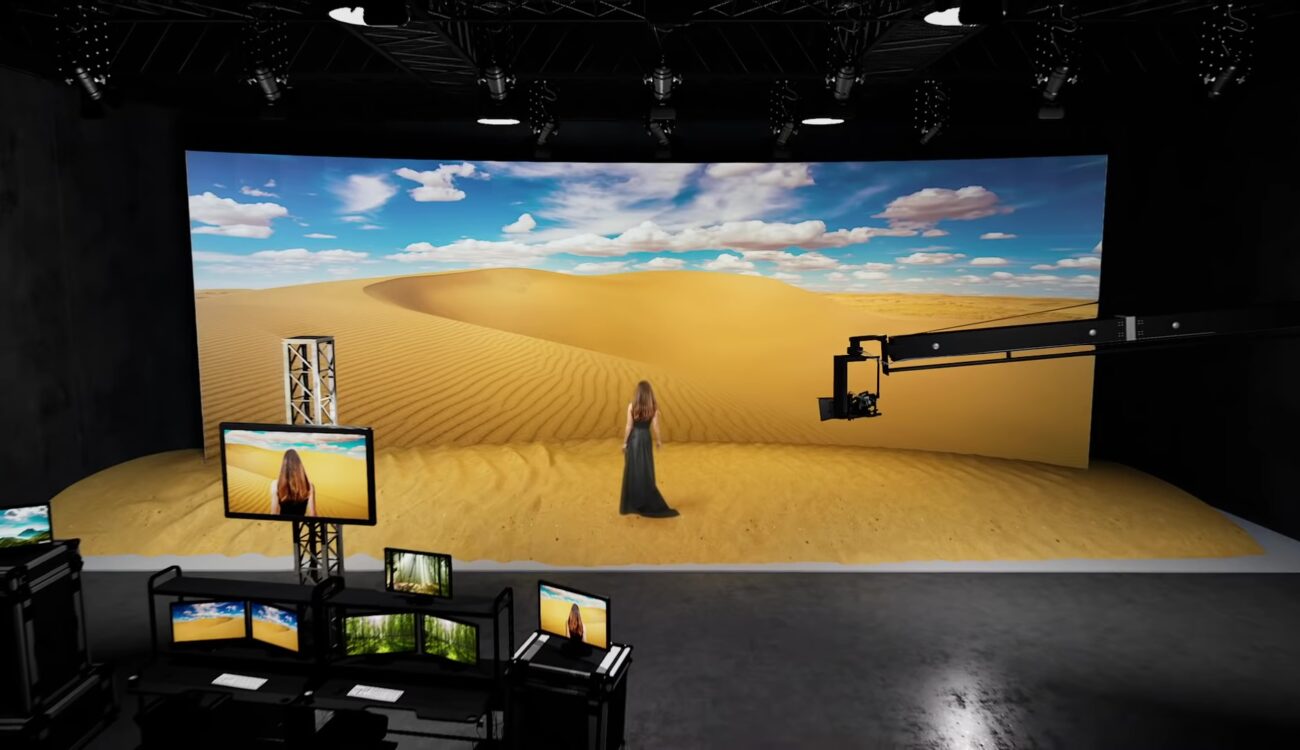A Thorough Analysis of Various Light Emitting Diode Video Screen Technologies and The Applications
A Thorough Analysis of Various Light Emitting Diode Video Screen Technologies and The Applications
Blog Article
Light Emitting Diode video walls have become increasingly common across various settings, such as music events, athletic competitions, and business meetings. These large large displays are made up of many small Light Emitting Diode panels which work together to form a cohesive unified visual. There are multiple types of Light Emitting Diode display wall solutions available, every having its unique features and benefits. Grasping these technologies technologies can assist companies and organizations choose the right option for their specific needs.
One frequent type of Light Emitting Diode video wall solution is the direct view LED. Such solution uses individual Light Emitting Diode units which are arranged closely in proximity to create a large screen. Direct view LED screens are recognized for their high brightness and lively colors, which makes them perfect for outdoor events or brightly illuminated settings. These displays also have a wide viewing perspective, allowing means that people can see the screen distinctly from different positions. Such makes directly viewed Light Emitting Diode screens a popular option for sports arenas as well as outdoor festivals.
Another kind of Light Emitting Diode display screen solution is the LED illuminated LCD. Such technology merges conventional Liquid Crystal Display screens with LED illumination for improved luminosity as well as color accuracy. LED illuminated Liquid Crystal Displays are often utilized in indoor settings, such as retail centers as well as conference rooms. These displays provide excellent visual clarity while are generally more cost-effective than directly viewed Light Emitting Diode screens. However, they may not perform as well in well-lit environments, as the backlighting can sometimes wash out the hues.
A third choice is the OLED video wall. OLED solution offers exceptional differentiation as well as hue richness in relation to other kinds of displays. Each pixel in an Organic Light Emitting Diode display emits its own luminescence, enabling for genuine dark tones as well as lively hues. Such renders OLED display walls especially attractive for applications which require high-quality images, such as art exhibitions or luxury retail outlets. However, OLED technology can be costlier costly while may often be as luminous as direct view LED screens, making it less suitable for outdoor use.
In addition to the aforementioned options, various additionally multiple uses for LED display screens. These displays can be used for advertising, entertainment, as well as data presentation. For instance, businesses often use LED video walls for digital advertising to draw in clients and promote goods. Within entertainment, they enhance the visual experience at music events as well as gatherings, providing lively backgrounds and captivating images. In business environments, LED video screens can be utilized for presentations, video meetings, and training programs, aiding to convey data through a visually appealing manner.
To summarize, LED video screens come in different types, each having its own advantages and applications. Directly viewed LED screens are ideal for outdoor use, whereas LED-backlit LCDs are more appropriate for indoor environments. Organic Light Emitting Diode video screens offer superior visual quality yet may be at a higher cost. Grasping these browse around here differences can assist organizations to make informed decisions about the best type of Light Emitting Diode video wall most satisfies their requirements, whether it be for promotion, entertainment, or corporate applications.